An old spiderweb, its occupant long gone, glows in the sunlight of a late summer afternoon along Piney Woods Church Road.
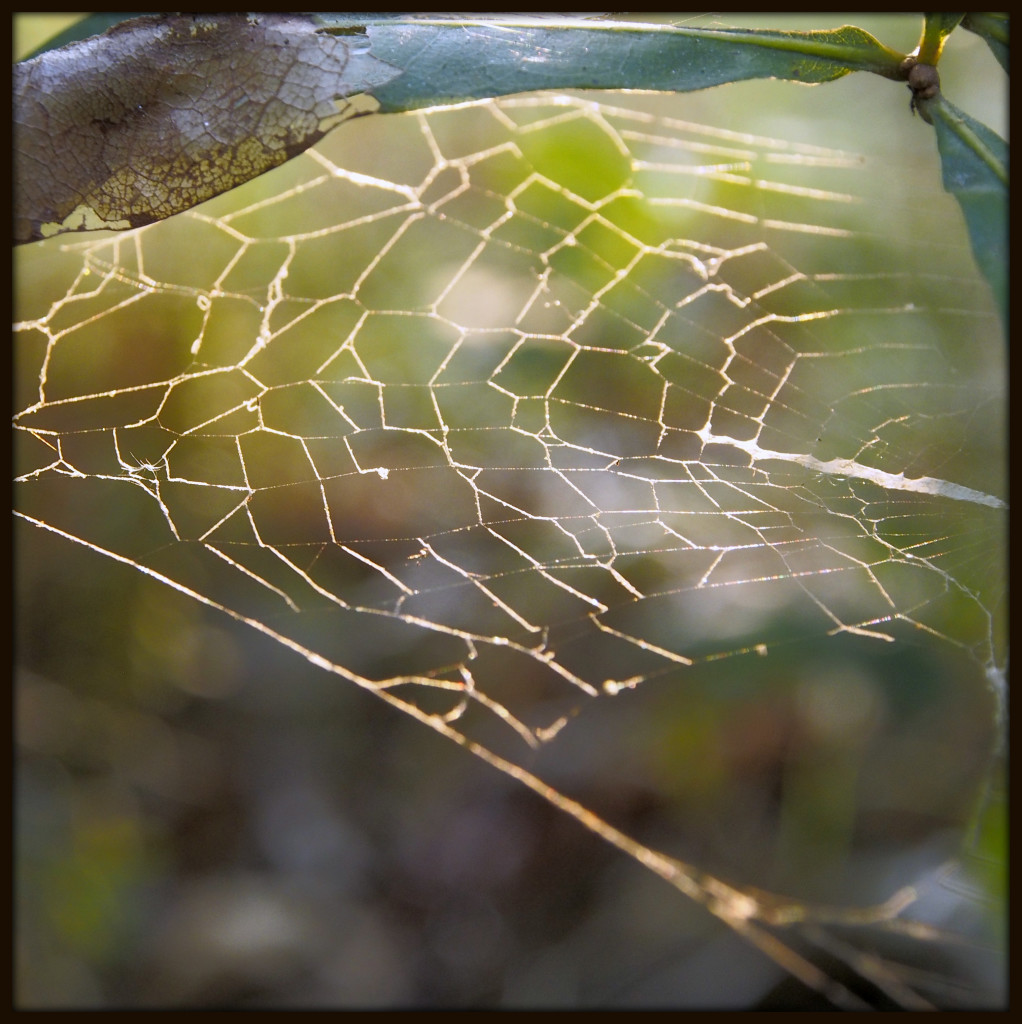
An old spiderweb, its occupant long gone, glows in the sunlight of a late summer afternoon along Piney Woods Church Road.

I know this fly looks frightfully close to a common housefly (I am confident it isn’t, but am still working on the ID). I posted earlier today that I tend to balk at posting flies. But I find this fly beautiful, in a flyish way. I also appreciate the late afternoon shadow cast by the fly onto the leaf where it rests. So I am justifying including it here.

Our yard on Rico Road has become a haven for White-Tailed Deer (Odocoileus virginianus). Going up the driveway around sunset, I sometimes find half a dozen deer about. This time of year, I will often glimpse one or two hanging out beneath our pear tree, undoubtedly waiting for the pears to ripen. Lately, I have seen spotted fawns in the front yard. For all that, though, I have rarely seen deer along Piney Woods Church Road. Tonight, at last, almost as an afterthought — I had already taken plenty of photos on my walk, plus spent half an hour chatting with a friend who lives along the road — I glimpsed a pair of deer in a roadside pasture. By the time my camera was at the ready, the closer of the two was already preparing to flee. Still, the result is a pleasant image — and, at long last, deer are included among the Piney Woods Church images. There are so few wild mammal photographs out of the 187 so far. I can think of only one other photograph, in fact — and Eastern Gray Squirrel. Insects tend to be slower and more willing to sit still.

Here are the same three images from the previous post, all taken at Newman Wetlands Center on 4 July 2014, now in color instead of black and white. I am not sure which I prefer. Readers, what are your thoughts?
In taking these photographs, I have begun to appreciate that the woodlands of the Southeastern Piedmont offer inviting landscapes, as well — they are not limited to the Appalachians, seacoasts, and points West. Of course, this is something that Clyde Butcher has been showing us, through his spectacular photography in the Florida swamps, for many years now.
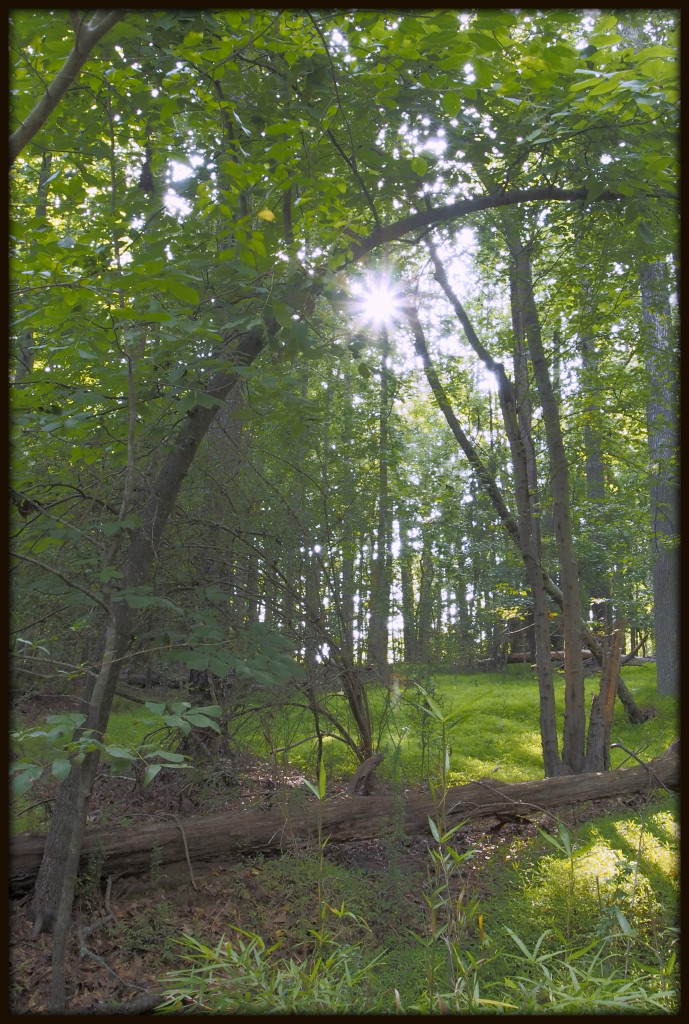
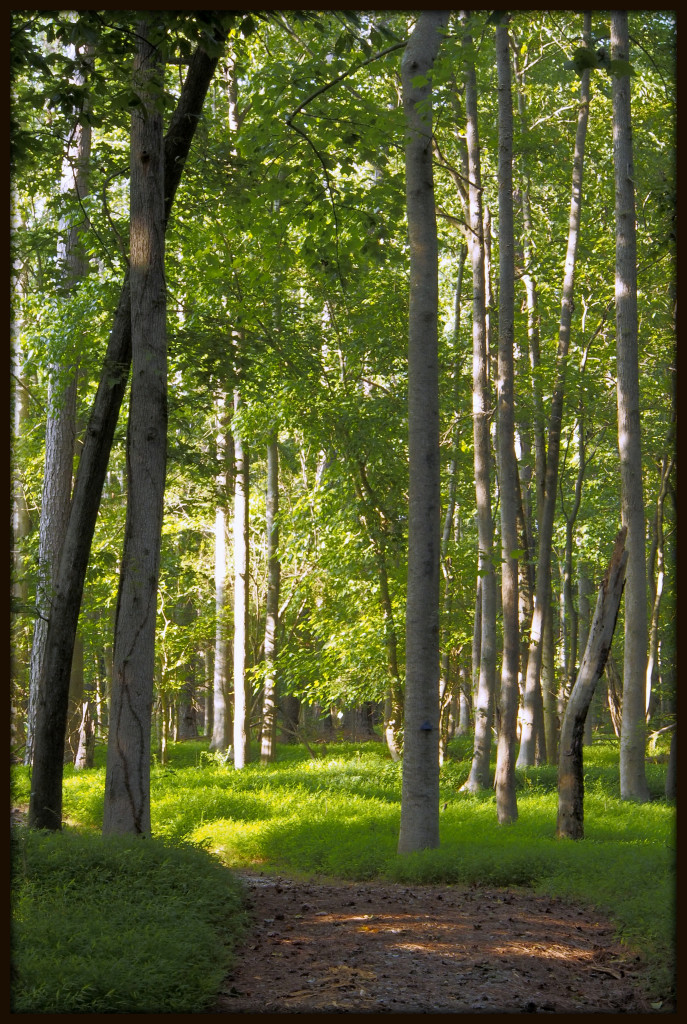
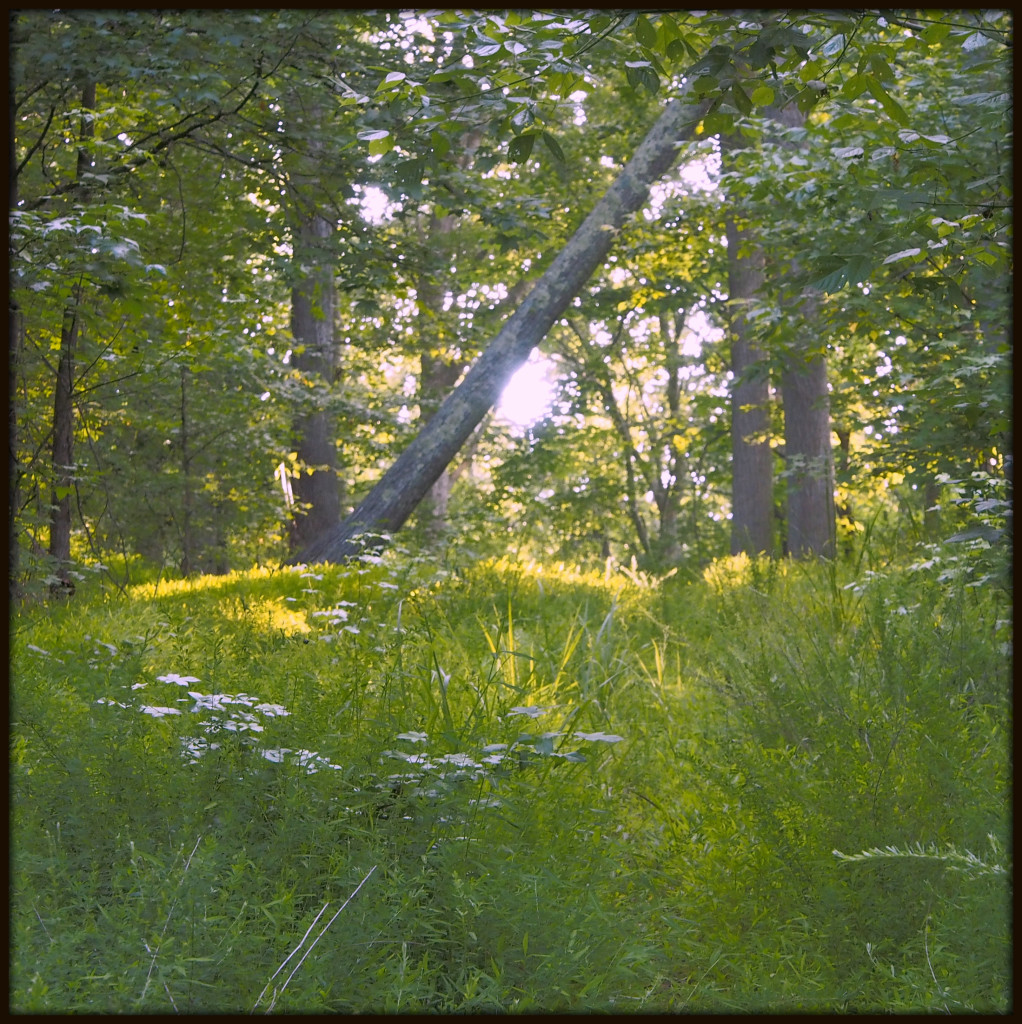
There is far more to Newman Wetlands Center (near Jonesboro, Georgia) than just the wetlands, stunning and teeming with life though they may be. On a sunny afternoon in early summer, a visitor might be surprised to discover enticing forest vistas illumined by sunlight. Much though I enjoy these photos with their rich greens, I find just as much allure in the simplicity of black and white. I will include the same images, in color, in a separate post.
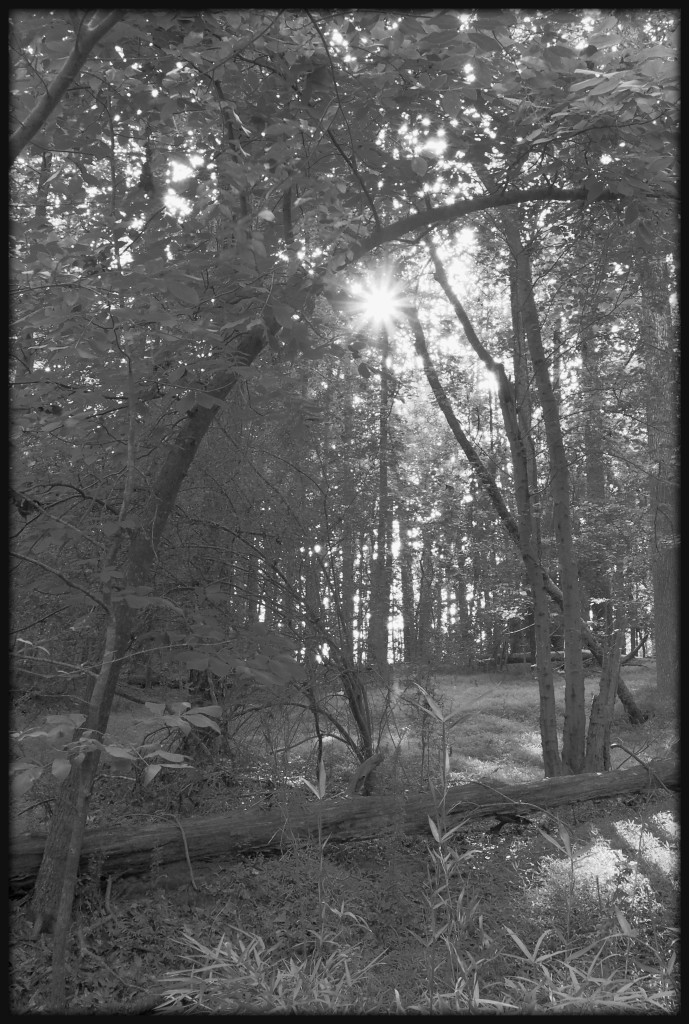
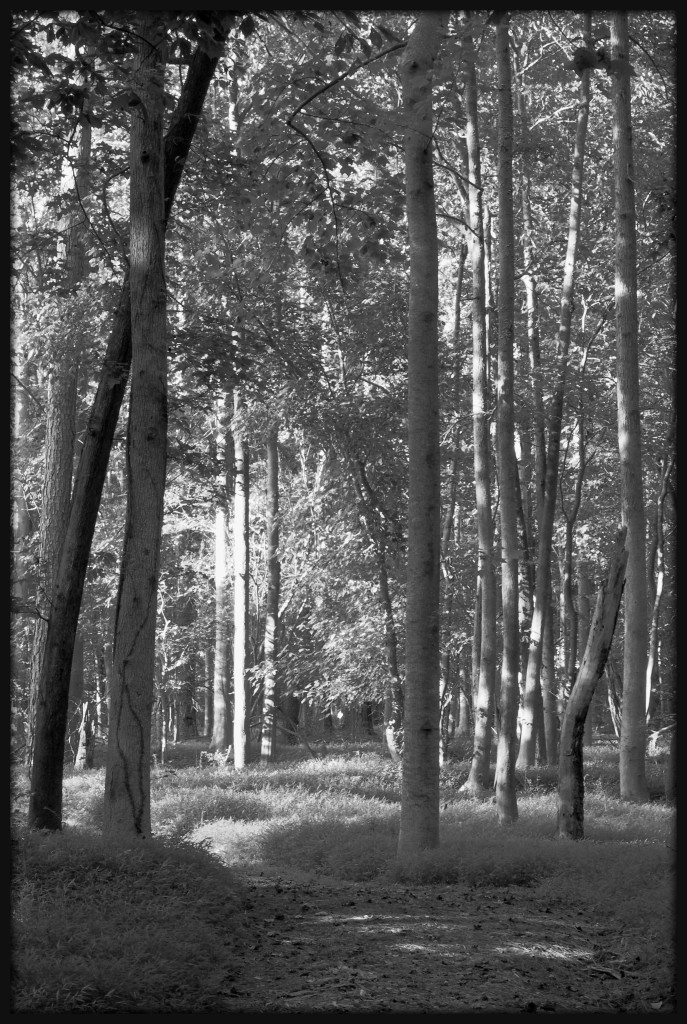
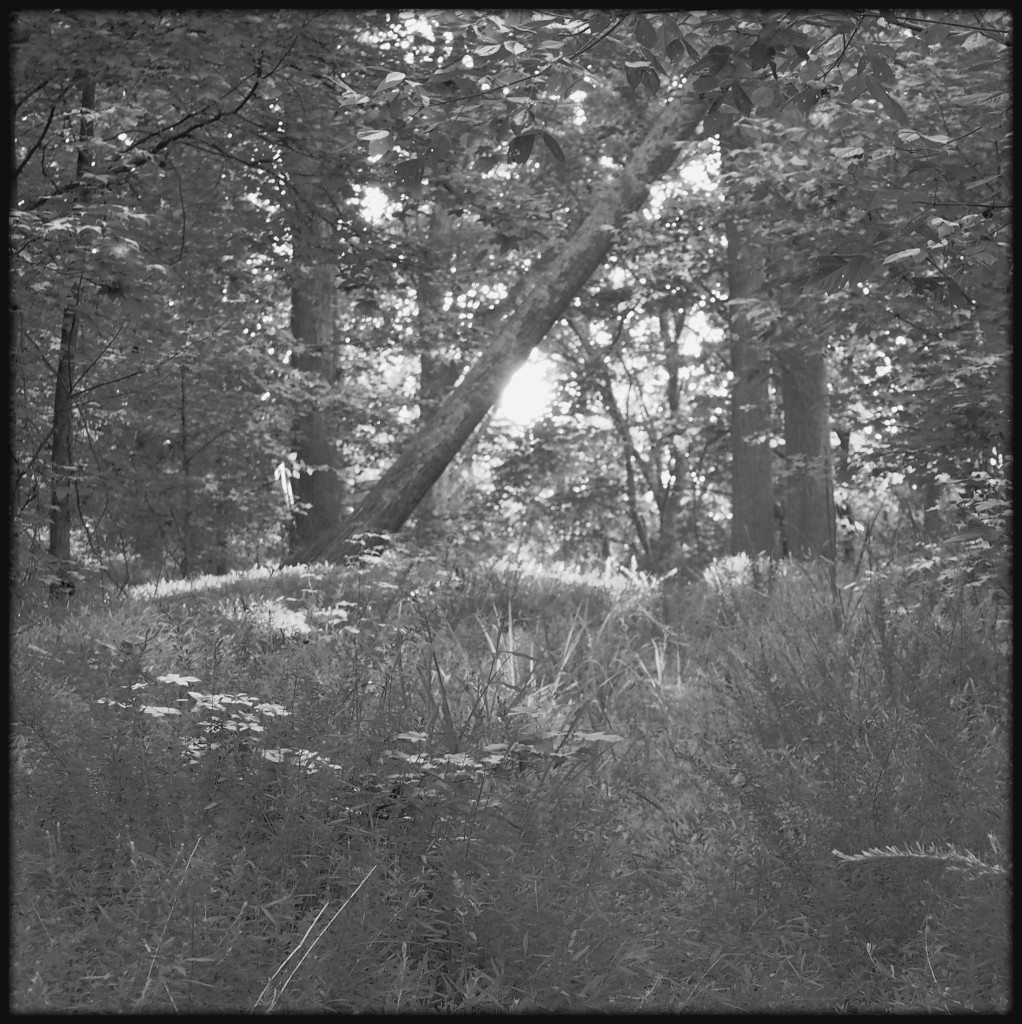
On a hot and brightly sunny mid-afternoon, I captured this hoverfly resting for just a moment on a sweetgum leaf. I enjoyed watching it hover in midair, and imagined taking its picture in flight — ah, well, that is for another day. A bit further down Piney Woods Church Road, I glimpsed another one, busily gathering nectar from the ever-blooming daisy fleabane.
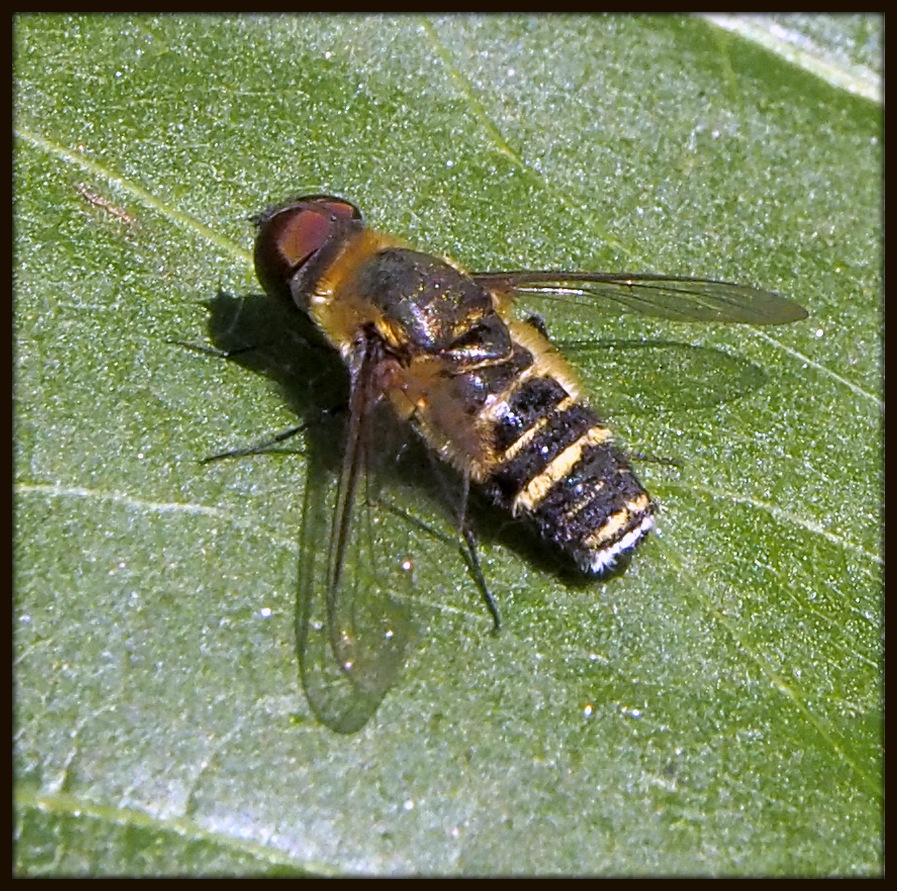
After several days of macro photographs, it felt marvelous to return to the human scale, with this photograph of the morning sun backlighting these pines and hardwoods along Piney Woods Church Road.
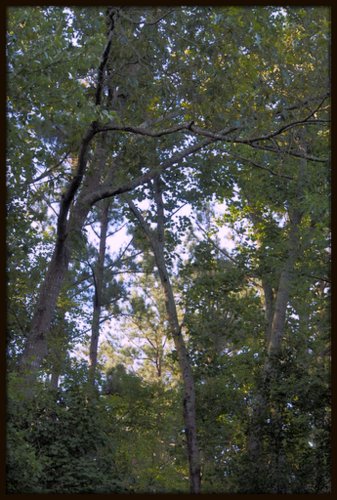
Shortly after 7 am today, I stepped outside and was impressed by how cool it had become overnight — I nearly felt a chill, suggesting a temperature around 60 degrees F. I set off excited at the prospects of capturing a suitable 4th of July image. I recalled some Independence Day bunting along a neighbor’s wood fence about halfway down Piney Woods Church Road, and thought I would use one as foreground for a wide-angle landscape photograph, something I practically never do. I took several photos of an ancient tulip poplar in a pasture, with the decoration in the foreground as intended, but the lighting was poor because the morning sun had not yet topped the trees across the road. I thought I would try a different photo using one of the other decorations, but the wind had blown it upside-down over the top rail of the fence. I righted it, discovering this caterpillar as I did so. What a marvelous gift for this Independence Day! He (or she) had even positioned himself (or herself) on one of the stars, inviting a portrait. The caterpillar is almost certainly a Banded Tussock Moth (Halysidota tessellaris), a generalist feeder that is fairly common across the eastern half of North America. Today I broke with tradition to post two photographs; I cannot decide which one I prefer. Any votes?

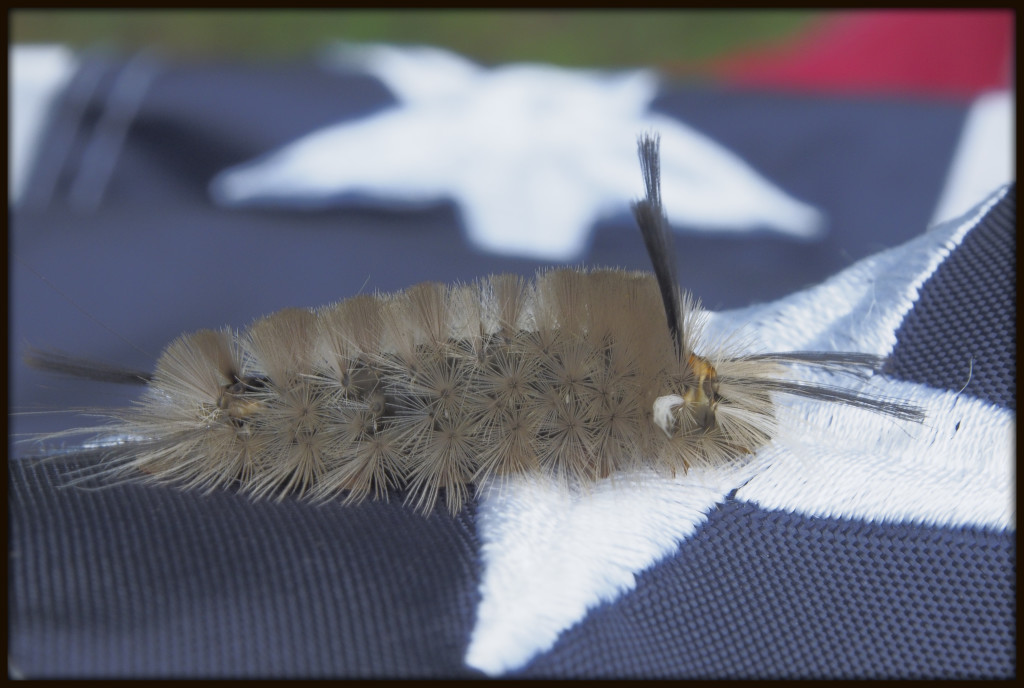
I arrived at Piney Woods Church Road this morning a bit bleary after a late night tutoring and grading online students in the universities where I teach. I was hopeful that something fascinating would come my way to photograph. I am still figuring out my new macro lens, and I strolled up and down the road, in search of subjects. A small gold fly was somewhat obliging, but otherwise, there was nothing to explore but green leaves. I never tire, though, of the patterns of light and shadow on leaves, particularly when they are backlit early and late in the day. So I wandered about, figuring out manual focus on my lens and taking lots of pictures of leaves. My favorite of the lot is the one below, a close-up of two leaflets of poison ivy. The space between them evokes a river as seen on a satellite image, with the leaflets forming the adjacent land.
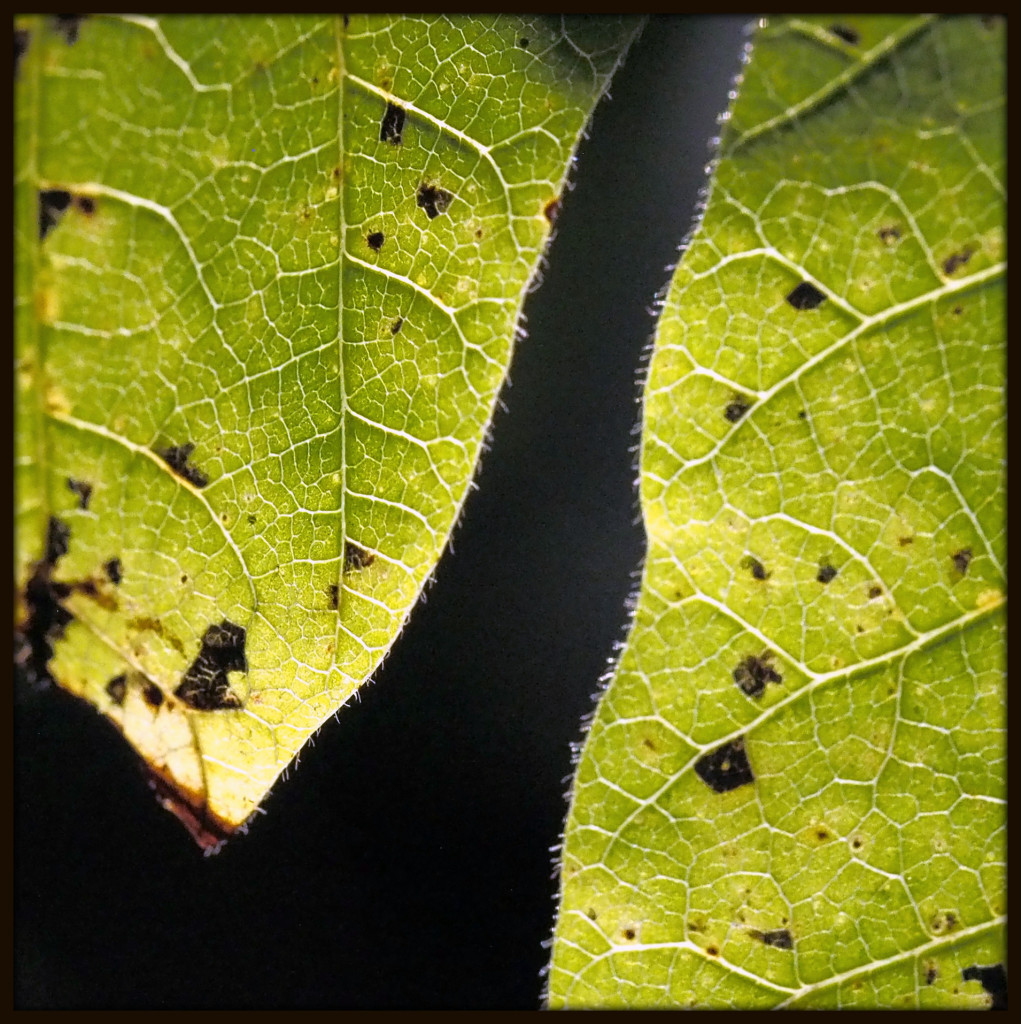
Late this afternoon, I set out into the humid haze with my latest lens: a 60 mm f/2.8 prime macro. There is a learning curve with this lens, and the light was far from ideal. Still, I was able to find a semi-cooperative juvenile katydid to experiment on. This portrait is my favorite from the “katydid session”.
